
Last issue, we dug into factor a-arms and laid out some of their limitations. We also showed you how TRZ Motorsports’ control arm package easily resolves those limitations and more. But things like drag race caster aren’t the only considerations. Here’s some more insight:
Typically, the cars such as a first gen Camaro or similar Nova have considerable camber change as the front end goes through its travel. You can really see the change as the car dangles the front end in a wheel stand (see the lead photo of our series – that’s a well-scienced NHRA Stocket that mandates a stock a-arm arrangement). But the situation usually gets worse when the car drops back down to the tarmac. The take off and flight part of a wheelstand is easy. Landing isn’t. The result is often a series of hairline cracks on factory a-arms. That’s a big reason why quality materials are important when it comes to front suspension hardware. The same applies to the welds and component finishing. A-arms are no place for lousy material choices. Or for backyard welding.
Speaking of welding (and materials): TRZ’s upper and lower control arms are manufactured from 4130 Chrome and Moly tubing. As you can see in the accompanying photos, they’re beautifully TIG welded. Depending upon the model of car you have, they can reduce the weight of the control arm package (upper and lower) by 15 pounds per side – that’s a total diet plan of 30 pounds if you’re keeping track. And half of it is unsprung.
Another (huge) part of the front-end equation is that it is absolutely essential in a drag race car is the front bushing choice. You’ll find some a-arms out there that make use of bushings that just don’t work for drag racing. If you’ve been around the block with drag race suspension, you’ll find the road style urethane bushings have a tendency to stick (or as Penske and other big time suspension folks refer to it: “stiction”). When the suspension system in a race or performance car has this stiction, it means the shock can’t do its job effectively.
Don’t believe it? Here’s a basic example. Two decades ago, I built a brand-spanking new EFI Firebird for NHRA Stock Eliminator. I went through the front end and replaced the bushings with urethane jobs. Once assembled (correctly by the way), it wasn’t tough to note that even without a spring or shock installed (and of course, the car sitting on axle stands), the a-arms didn’t budge, at least without some effort. In reality, the bushings I had installed were sticking (due to friction) during suspension travel. This also meant that in use, as the bushing heated up or cooled down, theamount and rate of travel available in the front suspension changed, often by dramatic margins. Additionally, it meant that the shock absorber settings could never be the same from one trip down the quarter mile to another. In simple terms, the bushings were doing much of the job the shock was supposed to handle, but without any consistency or any adjustability. That’s why bushings that experience “stiction” don’t work well for drag race applications. In that old example, I swapped every urethane for a spherical bearing (basically, the innards of a rod end). The stiction went away.
And that’s why a-arms that make use of a bearing (rod end) or use some form of Delrin bushing (Delrin by the way is a form of very hard “plastic” material) are far better suited to drag race applications. Basically, Delrin does not have cold flow tendencies, and as a result, it has the capability to maintain alignment over time. It is also oil-impregnated. When it encounters friction, it releases its own lubricant. That’s what makes it a good choice for race applications. In construction, qualify Delrin bushings are multi-piece affairs. For example, the bushing layout found in the TRZ lower a-arms (shown in the accompanying photos) consist of a chrome moly housing. Inside is a Delrin insert, and inside that (where the bolts pass through) is another metal sleeve. The way it’s designed, the Delrin also acts as a thrust washer, which controls the fore and aft movement of the a-arm without any binding. In the case of the TRZ upper a-arms, they’re engineered with ½-inch rod ends that mount on the respective cross-shafts (instead of bushings). There is (obviously) no stiction with a rod end, and in terms of strength, a typical ½-inch X ½-inch rod end will have a radical static load rating of over 6500 pounds (each!). You’ll never experience those sorts of forces in any drag race car. Bottom line here is, there is zero deflection without any sort of suspension bind. That allows the shock absorber to do its job, which is to control suspension motion.
We’re not quite done yet. Next issue, we’ll look at other important features found in TRZ’s drag race a-arms. The truth is, there’s a lot of technology here, and it’s all designed to make your car easier to tune and consequently, quicker and faster down the 1320. Watch for it!

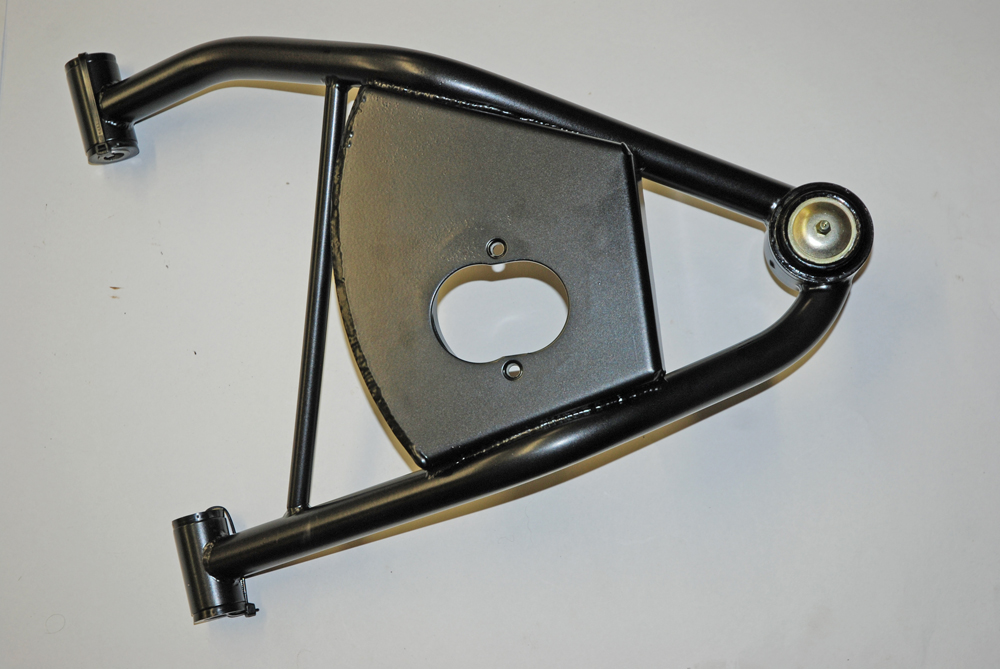
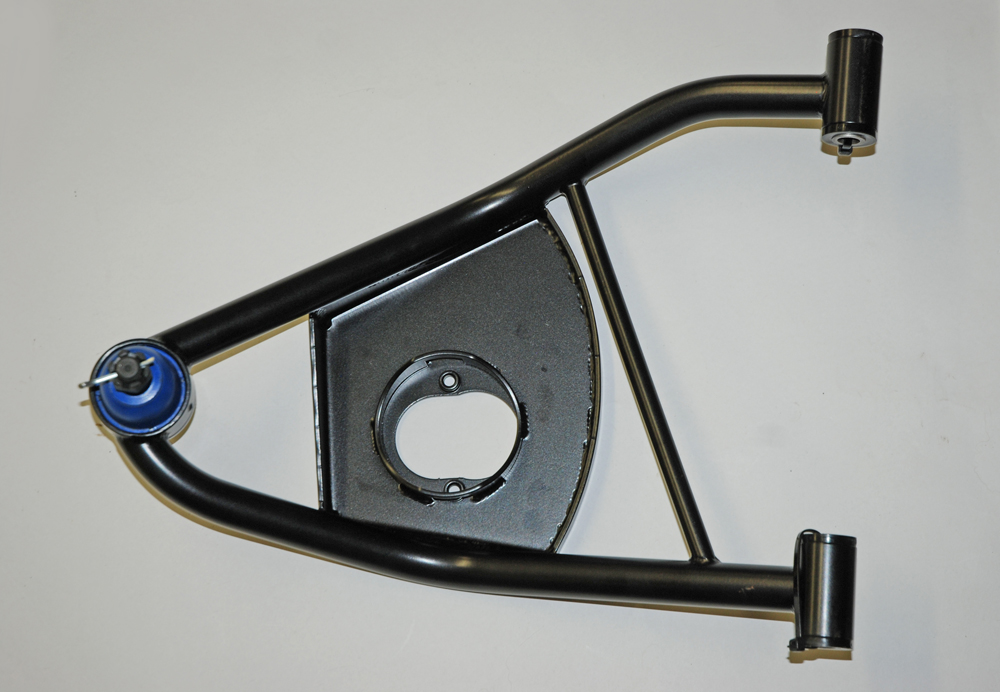
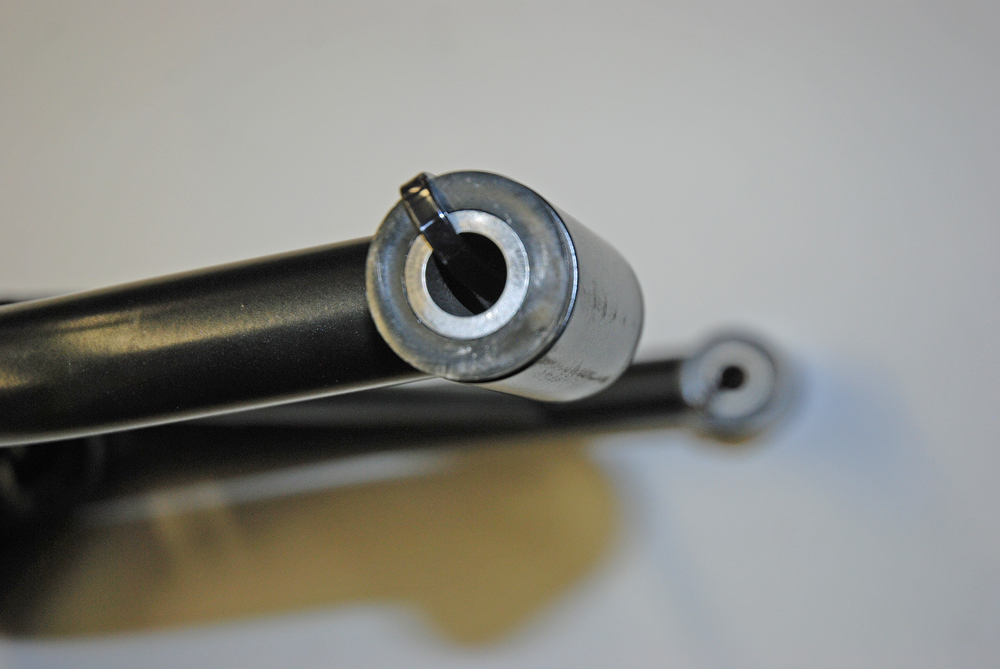
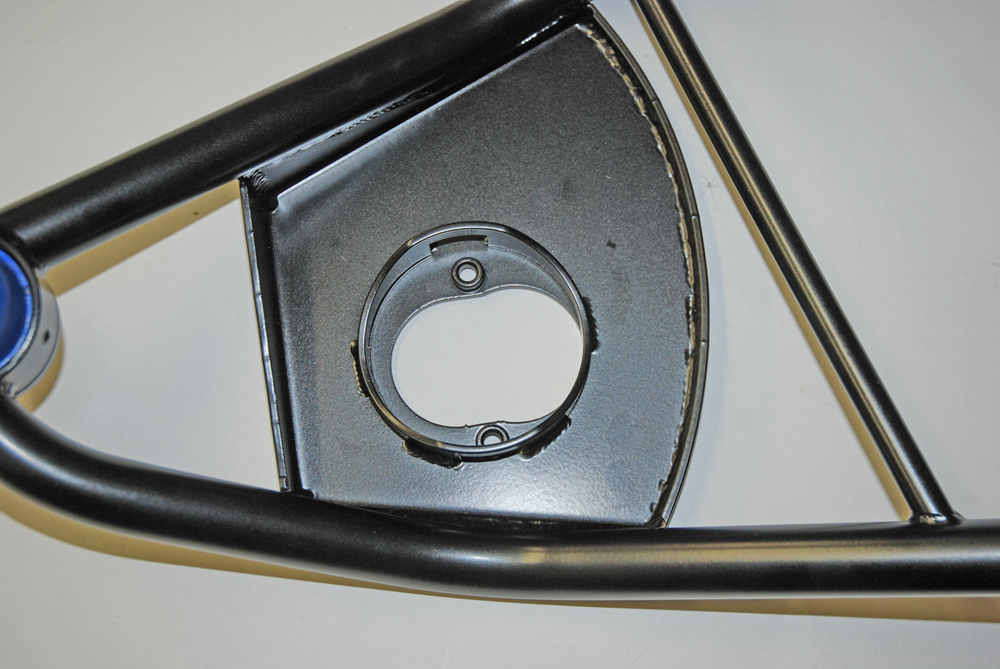
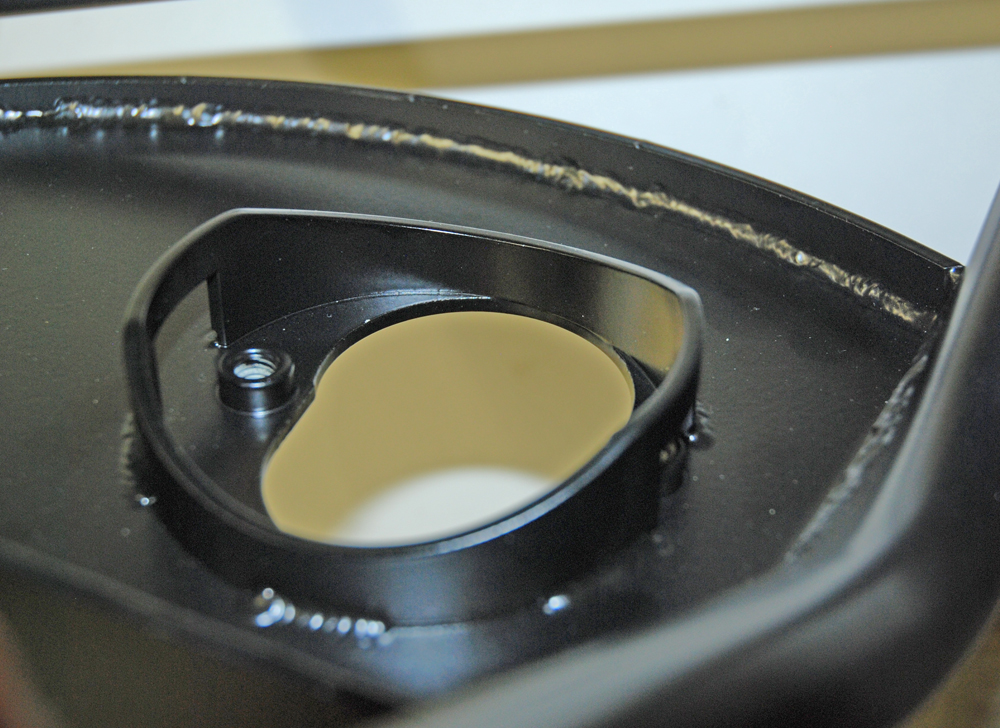


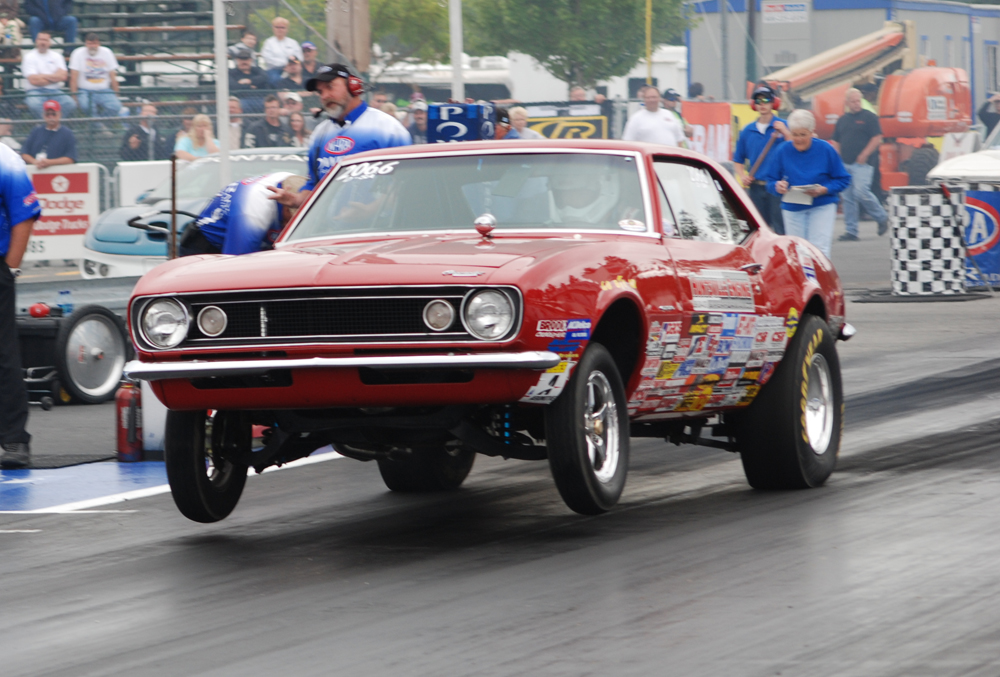
Leave a Reply